There are not many things in life more stressful than waiting for a diagnosis.
Once a diagnosis is given the work can begin on treatment or learning to live with a condition, but you can’t begin that step until you’ve received diagnostic tests.
With that in mind we’ve put together a selection of charts laying bare the current waiting times for NHS diagnostic tests.
All of the charts contained in this article will be updated whenever new data is available.
The key diagnostic tests covered in this article are barium studies, colonoscopy, CT, cystoscopy, lower endoscopy, MRI, and non-obstetric ultrasound.
What is the target for diagnostic waiting times in Scotland?
The Scottish Government has set a target that for the eight key diagnostic tests, patients should wait no longer than six weeks.
Although Covid-19 has had an impact on diagnostic waiting times in Scotland, a report by Public Health Scotland shows that the number of Scots waiting for diagnostic tests is 75% higher than the average in the 12 months prior to the pandemic.
Barium study waiting times
The chart below shows the available data on waiting times for barium studies across NHS Scotland health boards.
Use the dropdown to find the area you are interested in.
Upper endoscopy waiting times
Upper GI endoscopy involves using a small camera to see the lining of the upper GI tract.
It can be used to investigate the cause of problems such as heartburn, bleeding, nausea, and difficulty swallowing.
A £1 million specialist endoscopy clinic opened in Aberdeen in 2022 and aims to help with the north-east’s endoscopy backlog.
The chart below shows the available data on waiting times for upper endoscopy across NHS Scotland health boards.
Use the dropdown to find the area you are interested in.
Colonoscopy waiting times
Patients will be provided with a laxative preparation prior to the test which ensures the bowels are empty for the test.
The chart below shows the available data on waiting times for colonoscopies across NHS Scotland health boards.
Use the dropdown to find the area you are interested in.
CT waiting times
CT stands for computerised tomography and it is a diagnostic scan that uses both x-rays and computer imaging to create a detailed picture of the inside of the body.
They are carried out in hospitals by specially trained radiographers.
CT scans can be used to diagnose conditions such as strokes or injuries to internal organs.
The chart below shows the available data on waiting times for CT scans across NHS Scotland health boards.
Use the dropdown to find the area you are interested in.
Cystoscopy waiting times
Cystoscopy uses a thin camera called a cystoscope to look inside the bladder.
Cystoscopy can be used to diagnose urinary tract issues such as infections, trouble urinating or pelvic pain.
The chart below shows the available data on waiting times for cystoscopy across NHS Scotland health boards.
Use the dropdown to find the area you are interested in.
Lower endoscopy waiting times
Endoscopy is another test that involves passing a small camera into the body.
It can be used to help diagnose abdominal pain and can detect abnormalities such as inflammation, infection or ulcers.
The chart below shows the available data on waiting times for lower endoscopy across NHS Scotland health boards.
Use the dropdown to find the area you are interested in.
MRI waiting times
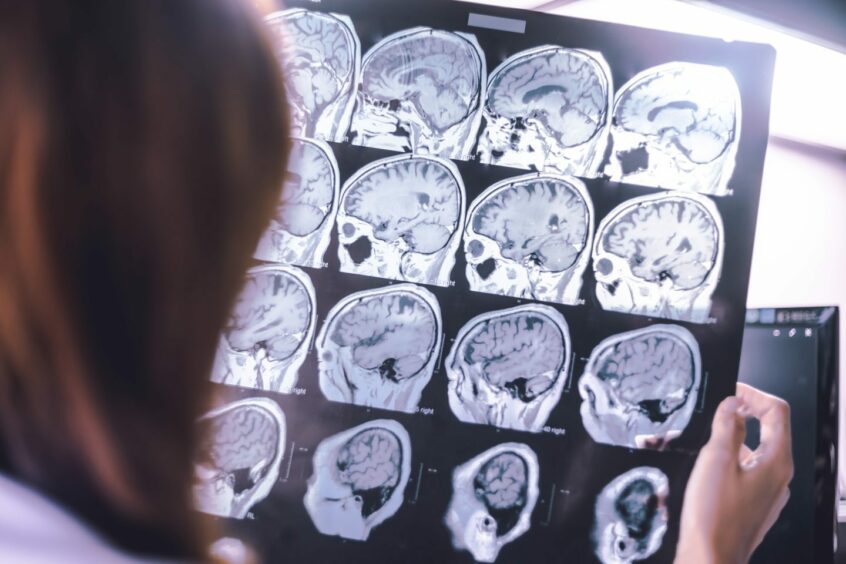 MRI stands for magnetic resonance imaging.
MRI stands for magnetic resonance imaging.
It is a type of scan that uses magnetic fields and radio waves to create detailed images of the inside of the body.
John Mallard led the team that created the first full-body MRI scanner in Aberdeen.
MRI scans can be used to look at almost any part of the body and will be carried out by a radiographer.
The chart below shows the available data on waiting times for MRI scans across NHS Scotland health boards.
Use the dropdown to find the area you are interested in.
Non-obstetric ultrasound waiting times
Non-obstetric ultrasound is a non-invasive procedure that scans the body to aid in diagnosis.
Ultrasound devices use a probe which emits high frequency sound waves.
The waves ‘bounce’ off of the relevant part of the body and turn into a moving image.
The chart below shows the available data on waiting times for non-obstetric ultrasound scans across NHS Scotland health boards.
Use the dropdown to find the area you are interested in.
More health data
This article is part of a series that aims to make data about waiting times and pressures on the NHS more accessible and easy to understand. You can view the rest of the series below.
The charts in this tracker series are automatically updated with the latest available data from Public Health Scotland. The source code for this project can be found on our data team GitHub page.
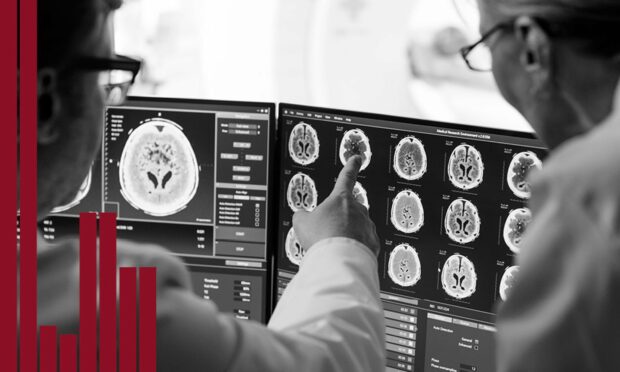
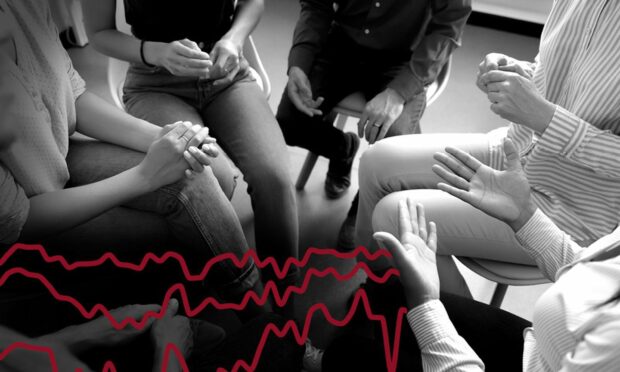
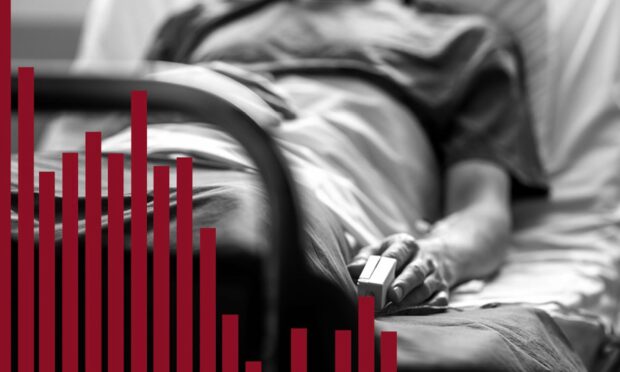

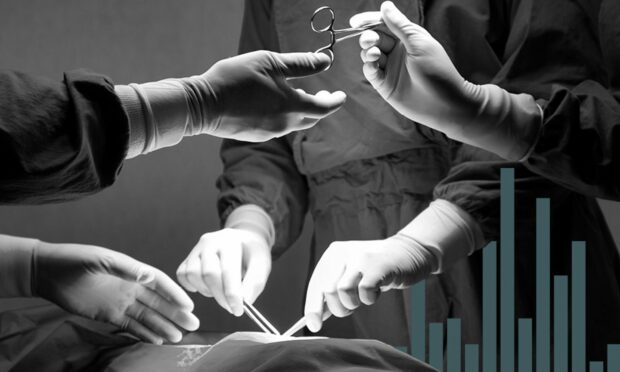
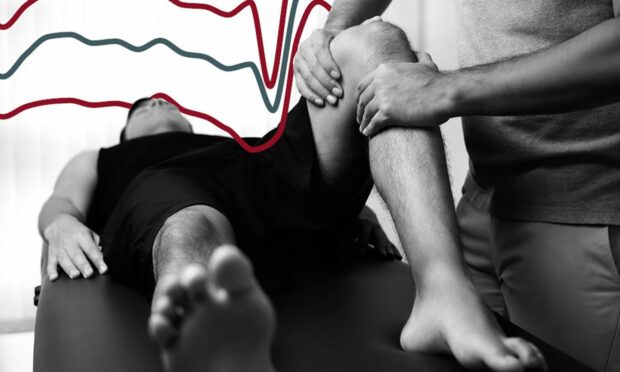

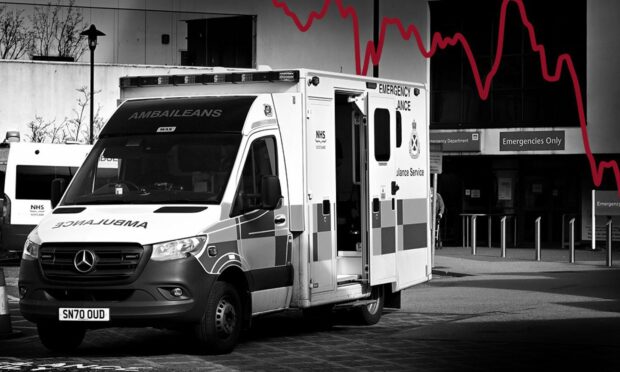
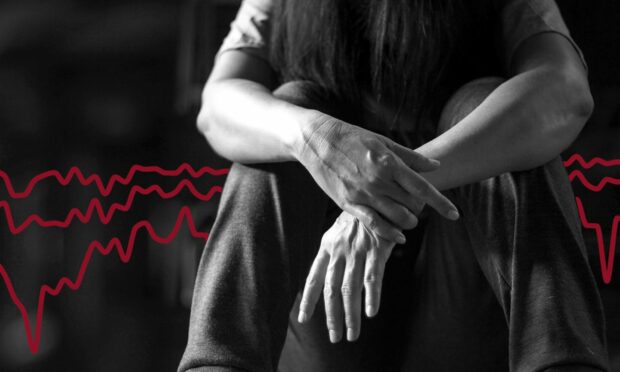
Conversation